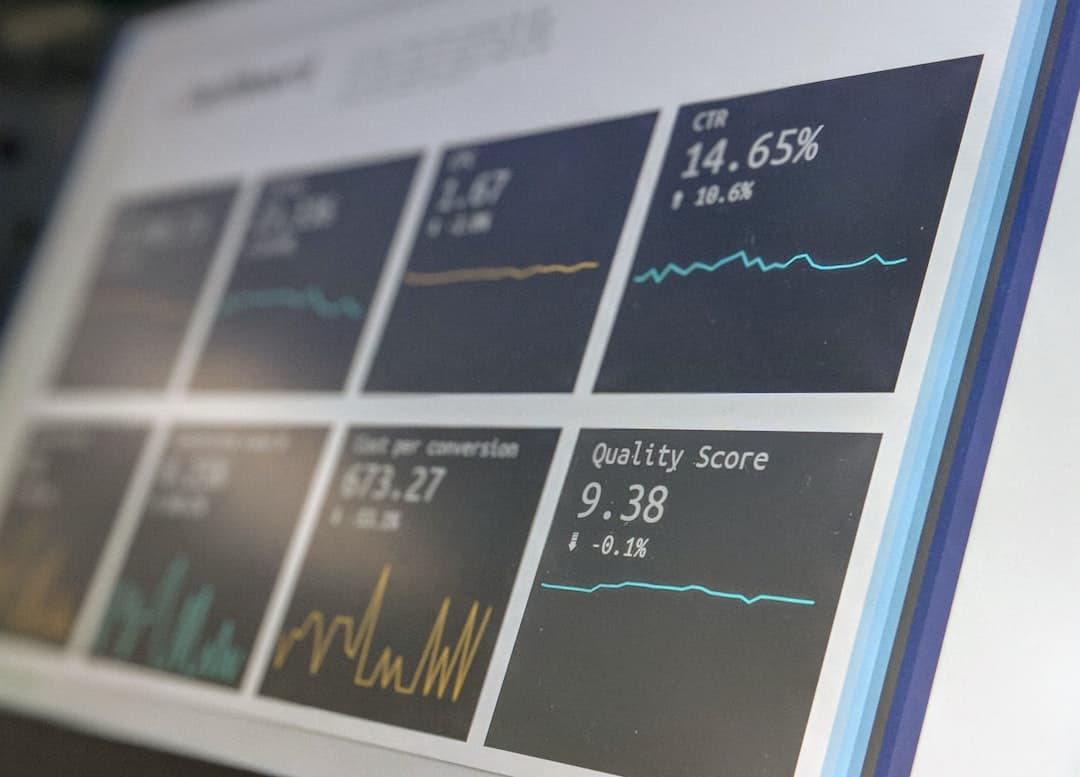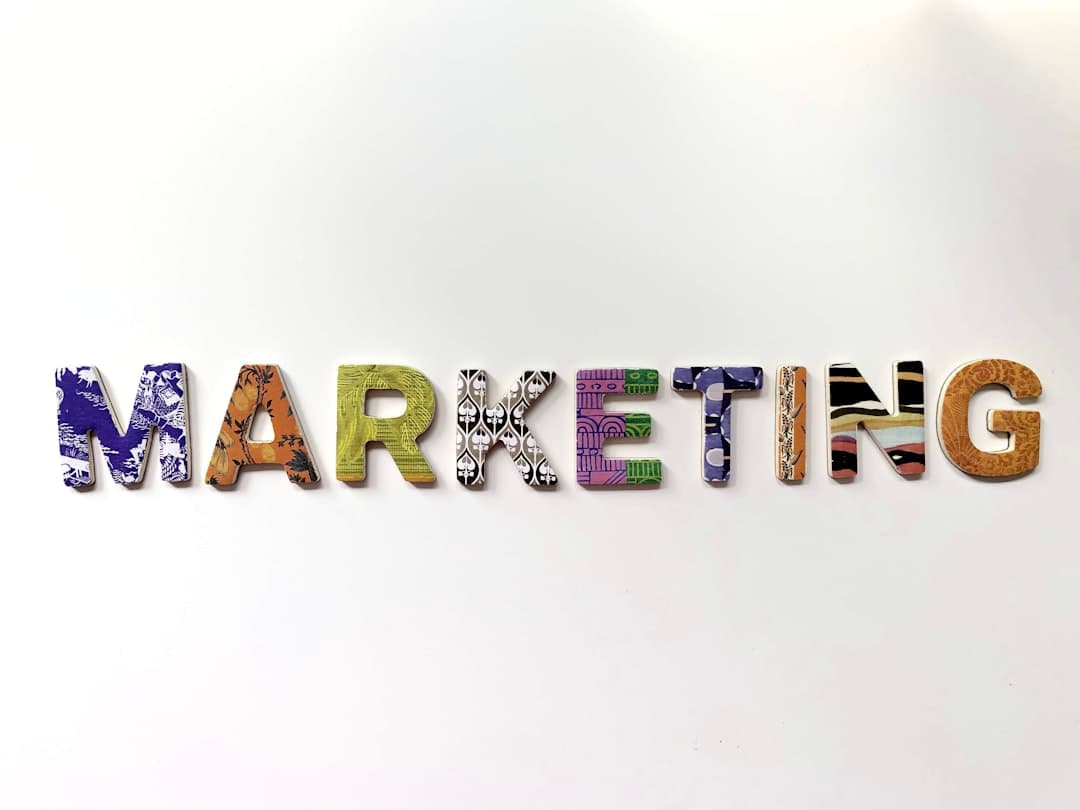Introduction
You’re running sales, ops, hiring, and finance—and you still need links to rank. When time is scarce, the promise of “automated backlinks” sounds like a cheat code. Used carelessly, though, automation can torpedo your domain. Used correctly, it becomes a force multiplier that earns defensible authority while you keep the business moving.
Why link building stalls for busy owners
Link building breaks because it’s a compound problem: research takes hours, personalization takes more, and follow‑ups require discipline. Most small to medium business owners start strong and then stall. The result is an inconsistent link velocity curve and content that can’t climb into competitive positions. If that sounds familiar, you don’t need a bigger to‑do list—you need systems that do the heavy lifting for you without risking penalties.
What “automated backlinks” really means today
A decade ago, automation often meant bots spraying blog comments, directory submissions, or spun press releases. That’s not automation; that’s spam. Today, the winning definition is different: automate the workflow (finding opportunities, enriching data, drafting first‑pass emails, scheduling follow‑ups), but keep humans in the loop for editorial judgment and final placement. Automation accelerates the steps that don’t require taste, context, or relationships—never the parts that do.
Outcome: defensible authority without manual grind
Your goal is not a pile of blue underlines—it’s durable authority. When automation is scoped to research, prioritization, and outreach queues, you can consistently acquire editorial links from relevant pages, keep a healthy anchor profile, and compound topical authority—without living in spreadsheets.
The reality: most automated backlinks are unsafe
Let’s be blunt: most “done‑for‑you automated backlinks” are footprints waiting to be caught. Google’s spam policies are explicit about manipulative link patterns and the systems that detect them. If a service promises placements at the push of a button, assume it’s building risk, not equity. ([developers.google.com](https://developers.google.com/search/docs/essentials/spam-policies?utm_source=openai))
How Google treats automated link creation
Google classifies any links intended to manipulate rankings as link spam and enforces this with automated systems and manual actions. That includes large‑scale guest posting with keyword‑stuffed anchors, paid links that pass PageRank, widget/templated links, and the use of automated programs to create links. Google’s documentation makes clear that violations can lead to demotions or removal, and reviewers can apply manual actions labeled “Unnatural links to your site.” ([developers.google.com](https://developers.google.com/search/docs/essentials/spam-policies?utm_source=openai))
Tactics that trigger spam systems and manual actions
- Large‑scale article/guest post campaigns with optimized anchors.
- Press releases or advertorials that pass PageRank.
- Directory, bookmark, or forum comment blasts.
- Automated programs that place links at scale.
- Link patterns from expired/repurposed domains used to manipulate rankings.
Google’s 2024–2025 enforcement also cracked down on site‑reputation abuse and scaled content abuse, reinforcing that attempts to piggyback authority or mass‑produce thin pages will be devalued or penalized. ([searchenginejournal.com](https://www.searchenginejournal.com/link-building-guide/link-building-tactics-avoid/?utm_source=openai))
Red flags in tools and services to avoid
- Guarantees of a fixed number of “dofollow” links per month regardless of your content.
- Networks of “partner blogs” with thin editorial standards.
- One‑click submissions to hundreds of directories, bookmarks, or web 2.0s.
- Anchor text promises like “we’ll rank your exact‑match keyword.”
- No mention of rel=”sponsored” or rel=”nofollow” for paid placements.
- No pre‑vetting for topical relevance or real traffic.
If a vendor can’t explain how they qualify outbound links or how they comply with Google’s link attribute guidance, walk away. ([developers.google.com](https://developers.google.com/search/docs/crawling-indexing/qualify-outbound-links?utm_source=openai))
What you can safely automate (and what you can’t)
The rule: automate the mechanics; humanize the relationships. Treat automation as your research analyst and executive assistant, not your spokesperson.
Automate workflows, not link placement
- Prospect discovery: scrape SERPs, competitor backlinks, resource pages.
- Data enrichment: pull contact names, roles, social handles, and recent posts.
- Scoring: prioritize by topical relevance, organic traffic, and editorial context.
- Messaging ops: draft first‑pass emails, queue follow‑ups, and dedupe lists.
What you should not automate: the final email that makes an ask, the decision to pursue or pass on a domain, guest content you sign your name to, and the call on whether the context merits a link. That’s your brand—and it must sound like it.
Repeatable systems: prospecting, personalization, follow‑ups
- Prospecting at scale: use backlink indexes to surface pages that already cite similar resources; filter to sites with traffic and relevant categories.
- 1:1 personalization: merge research fields (their article title, the specific paragraph where your asset fits) into templates that still read human.
- Follow‑up cadences: pre‑set respectful reminders at 3, 7, and 14 days; stop after value is exhausted.
Industry data shows content‑led link building remains the most used tactic among practitioners, which aligns with a system built around quality assets and targeted outreach. ([aira.net](https://aira.net/state-of-link-building/?utm_source=openai))
Human checkpoints that keep you within policy
- Does this page have genuine editorial context for a link to our resource?
- Is the anchor natural, varied, and reader‑first?
- Are we avoiding payment for followed links? If sponsorship exists, are we using rel=”sponsored”? ([developers.google.com](https://developers.google.com/search/docs/crawling-indexing/qualify-outbound-links?utm_source=openai))
- Are we avoiding scaled content abuse (thin or mass‑generated pages)? ([developers.google.com](https://developers.google.com/search/docs/essentials/spam-policies?utm_source=openai))
A safe, scalable playbook for automated backlinks
Here’s the playbook Airticler recommends and uses internally: build link‑intent content, mine precise prospect lists, run programmatic yet personal outreach, and create timely “PR moments” that journalists actually want to cite.
Anchor your link strategy in content with link intent
Not every article deserves links. Create assets engineered to attract citations:
- Data pages: original stats, updated annually.
- Explainers with diagrams: the internet links to clarity.
- Calculators and templates: utility earns bookmarks and backlinks.
- Industry glossaries and “hub” pages: interlink related topics for topical authority.
This shift—designing for link intent—means your outreach asks are additive, not intrusive.
Prospect lists at scale using relevance and traffic filters
Build lists that your future self will thank you for:
- Start with competitors’ referring domains; filter to pages that already link to similar assets.
- Layer in resource pages in your niche and check for broken or outdated citations.
- Filter by organic traffic and category tags to weed out low‑value pages.
Broken link building works best when you identify dead, once‑valuable pages and offer a tighter, updated replacement. Tools like Ahrefs outline the exact process for finding and vetting those opportunities. ([ahrefs.com](https://ahrefs.com/blog/broken-link-building/?utm_source=openai))
Programmatic outreach with authentic brand voice
Automate the assembly, not the soul. Draft first‑pass messages from templates that merge in:
- Page‑level context: the paragraph and sentence where your asset belongs.
- Specific value: the stat, diagram, or template you’re contributing.
- Reciprocity: offer a quote, expert review, or fresh data point.
Then, human‑edit the opener and close to sound like your brand—direct, helpful, and concise. One genuine paragraph beats ten fully automated emails.
Digital PR moments: data hooks, expert quotes, newsjacking
Earn high‑authority citations by creating reasons to be quoted:
- Release mini‑studies with proprietary or aggregated data.
- Offer expert commentary on timely stories in your niche.
- Prepare rapid‑response briefs with quotable stats and charts.
Media‑source platforms have shifted in the last 18 months. HARO rebranded to Connectively in 2024, experimented with pay‑to‑pitch, and by April 2025 was reported as being brought back under the HARO brand by Featured.com—signaling a moving target rather than a dead tactic. Either way, quality and speed win: niche‑relevant, skimmable quotes delivered quickly. ([editorial.link](https://editorial.link/boost-your-seo-with-haro-link-building/?utm_source=openai))
Build tiered assets: hubs, statistics pages, and studies
Think in layers:
- Tier 1: Hubs and evergreen guides that define your topic space.
- Tier 2: Stats pages, glossaries, calculators—highly linkable and reference‑friendly.
- Tier 3: Opinions and case studies that interlink to Tier 1/2.
This structure supports internal linking and gives outreach multiple angles to offer as replacements or references.
Five white‑hat link acquisition motions you can automate
These motions scale with software but still earn links editorially.
Unlinked mention detection and reclamation
Set up alerts for your brand, product names, and executive names. Route new mentions into a queue. Auto‑score by topical fit and traffic, then trigger a tailored outreach sequence within 24–48 hours asking for a simple source link. Industry practitioners note that faster outreach materially improves conversion rates on fresh mentions. ([buzzstream.com](https://www.buzzstream.com/blog/unlinked-mentions/?utm_source=openai))
Resource page and broken‑link replacements
Use tooling to find resource pages and detect dead/outdated citations. When you can replace a broken or stale link with a better, updated resource, your ask becomes a service. Ahrefs’ process for finding and vetting broken link opportunities is a reliable blueprint. ([ahrefs.com](https://ahrefs.com/blog/broken-link-building/?utm_source=openai))
HARO/Connectively‑style pitching with expert bylines
Build expert bios, pull topical queries, and auto‑prepare skimmable responses with 2–3 quotable insights. Even as platforms evolve, the principle stands: quality beats volume. Expect shifting rules and interfaces; keep your expert pipeline and response templates ready. ([editorial.link](https://editorial.link/boost-your-seo-with-haro-link-building/?utm_source=openai))
Partner, supplier, and customer directory placements
Query your CRM for brands you already work with. Many have legitimate “partners” or “customers” pages. Automate list building and outreach, but respect link attributes. If incentives or sponsorship are involved, request rel=”sponsored” to stay square with policy. ([developers.google.com](https://developers.google.com/search/docs/crawling-indexing/qualify-outbound-links?utm_source=openai))
Image and data attribution outreach at scale
If publications use your charts or images without credit, that’s low‑friction outreach. Set reverse‑image searches and data‑string monitors, then send polite attribution requests pointing to the original source page. For paid photos or sponsored placements, ask for proper rel attributes. ([developers.google.com](https://developers.google.com/search/docs/crawling-indexing/qualify-outbound-links?utm_source=openai))
Tooling stack that saves hours without risking penalties
Choose tools that make you faster without making you reckless. Airticler integrates several of these motions so you can run them from one place, but the principles below apply regardless of your stack.
Data sources: backlink indexes and journalist databases
- Backlink indexes: use them to find referring domains, broken links, and resource pages; Ahrefs’ guides detail workflows for broken link discovery and link reclamation. ([ahrefs.com](https://ahrefs.com/blog/broken-link-building/?utm_source=openai))
- Media/journalist platforms: expect shifting options post‑HARO; if you use them, optimize for speed and specificity over volume. ([editorial.link](https://editorial.link/boost-your-seo-with-haro-link-building/?utm_source=openai))
Automation: queueing, deduping, and smart scheduling
- Deduplicate prospects by domain and author to avoid double‑pitching.
- Schedule sends to align with the recipient’s time zone and publishing cadence.
- Auto‑pause sequences after replies or status changes to protect your sender reputation.
- Enrich with last‑updated dates to avoid pitching archived or outdated posts.
Content generation that matches your brand voice
Use AI to draft first‑pass outreach and summarize your asset’s value, then human‑edit for tone and specificity. Airticler’s edge is learning your voice from your site content so you don’t sound cookie‑cutter. Drafts should feel like a confident founder’s email, not a template.
Tracking: anchors, topical relevance, and link decay
- Track anchors by page to keep a natural distribution (brand, partial, generic, exact).
- Log the linking page’s topic and snippet where you’re cited to monitor topical fit.
- Watch for link decay and status changes (nofollow, sponsored, removed) and re‑engage as appropriate under policy. Google’s manual actions page outlines how to rectify issues if anything goes sideways. ([support.google.com](https://support.google.com/webmasters/answer/9044175?utm_source=openai))
Quality controls, measurement, and risk management
Quality is a policy decision, not a vibe. Make it explicit and trackable so you can scale without surprises.
Acceptance criteria: traffic, topical fit, editorial context
- Site has consistent organic traffic and ranks for your topic cluster.
- The linking page’s audience overlaps yours; the link provides reader value.
- Link is placed in‑copy where it supports a point (not in a bio box or footer).
Anchor text distribution and internal link support
Automated backlinks should blend into a natural anchor profile:
- 50–70% brand and URL anchors.
- 20–40% partial‑match and generic anchors.
- <10% exact match, used sparingly on perfectly relevant pages.
Support new external links with internal links that clarify topic relationships and distribute authority to revenue pages.
Scorecards: EEAT signals, DR/traffic, and link velocity
- EEAT cues: author bios, citations, editorial standards, transparent about pages.
- Authority proxies: domain‑level strength plus page‑level organic traffic.
- Link velocity: aim for consistent acquisition that maps to your publishing cadence—sudden spikes from scaled campaigns are a risk signal.
Escalation paths when links are removed or nofollowed
- If a link flips to nofollow/sponsored because of policy, accept it; ask for a contextual placement note if helpful. ([developers.google.com](https://developers.google.com/search/docs/crawling-indexing/qualify-outbound-links?utm_source=openai))
- If a quality link disappears, reply with a friendly check‑in and the original value proposition; offer a fresh stat or graphic.
- If a manual action ever occurs, follow Google’s remediation steps: remove/neutralize manipulative links, document efforts, and submit reconsideration. ([support.google.com](https://support.google.com/webmasters/answer/9044175?utm_source=openai))
Conclusion and next steps
Automated backlinks that actually work are not about buttons—they’re about judgment at speed. Automate prospecting, scoring, and operations. Keep humans on strategy, context, and relationships. Build assets with explicit link intent and offer real value in every outreach. That’s how you earn links that lift rankings and last through updates.
If you’re ready to replace ad‑hoc link building with a system, try Airticler free. We learn your brand voice, generate link‑intent content, queue safe outreach motions, and track anchors and placements—all without asking you to live in spreadsheets. Start your free trial now: https://www.airticler.com/auth/sign-up.
Compliance reminder for 2025: mark paid placements with rel=”sponsored” or nofollow; avoid scaled article campaigns; and prioritize editorial context. Google’s policies and enforcement have only tightened since 2024—build equity the right way. ([developers.google.com](https://developers.google.com/search/docs/crawling-indexing/qualify-outbound-links?utm_source=openai))



